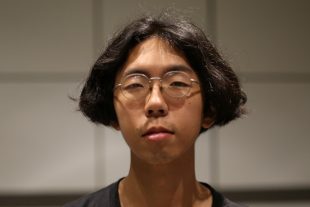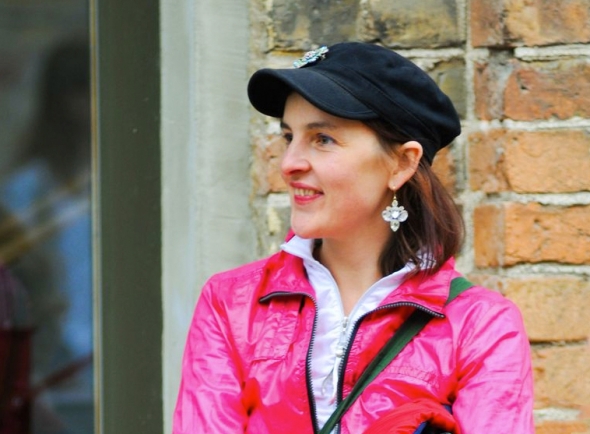- Instructor
- Rasa Smite
- TA
- Gary Zhexi Zhang
- Credit
- hass-a
- Schedule
- TR 9:30-12:30
- Location
- e15-001
Introduction to Sound Creations: Expanded Field Radio and Acoustic Immersions (Spring 2018)
4.320/1
This introduction to sound creation will include lessons on acoustic space explorations, radio experiments, environmental sound recordings, immersiveness of sound, and data sonification.
Sound is a powerful force in organizing space; it is sound not visuals that mark dramatic shifts from one world to another. Technologies for sound creation have changed over time from analogue to digital, from waves to data, but the physical acoustic properties remain the same. What we hear can be very different from what we see. Sound is capable of simultaneity and non-linearity. It surrounds and immerses us, but above all, it resonates, allowing things to respond to each other in non-linear ways. Acoustic vibrations resonate inside the body, creating different emotions, pleasure, or fears. Sound helps to expand our external world too – the urban environment, nature, outer space. Scientists and artists listen to the universe, and radio signals radiate far beyond our planet after transmission.
Environmental sound and nature radio listening have a long history. Radio was heard before it was invented: Thomas Watson using Bell telephone in Boston (1876) received radio signals from nature and outer space. At MIT, for example, composer and artist Maryanne Amacher created a storm soundtrack for John Cage’s multimedia “Lecture on the Weather” (1976). This spring, to celebrate CAVS 50th at MIT, in collaboration with students of this class, we will be setting up Swamp Radio, using it as an experimental platform for this class. Students will cooperate and exchange ideas with other guest lecturers and faculty who will contribute to the development of group and individual projects.
As a result of this class, students will develop a site-specific sound installation, sonic intervention or an immersive sound environment, or a theory, performance, field radio, audio composition, or data sonification. Two or three of the best artworks will be invited to be a part of the “Swamp Pavillion” project, to be shown at the Venice Architecture Biennale, 2018.

Related
Alumni
Rasa Smite
→ Past Lecturers


